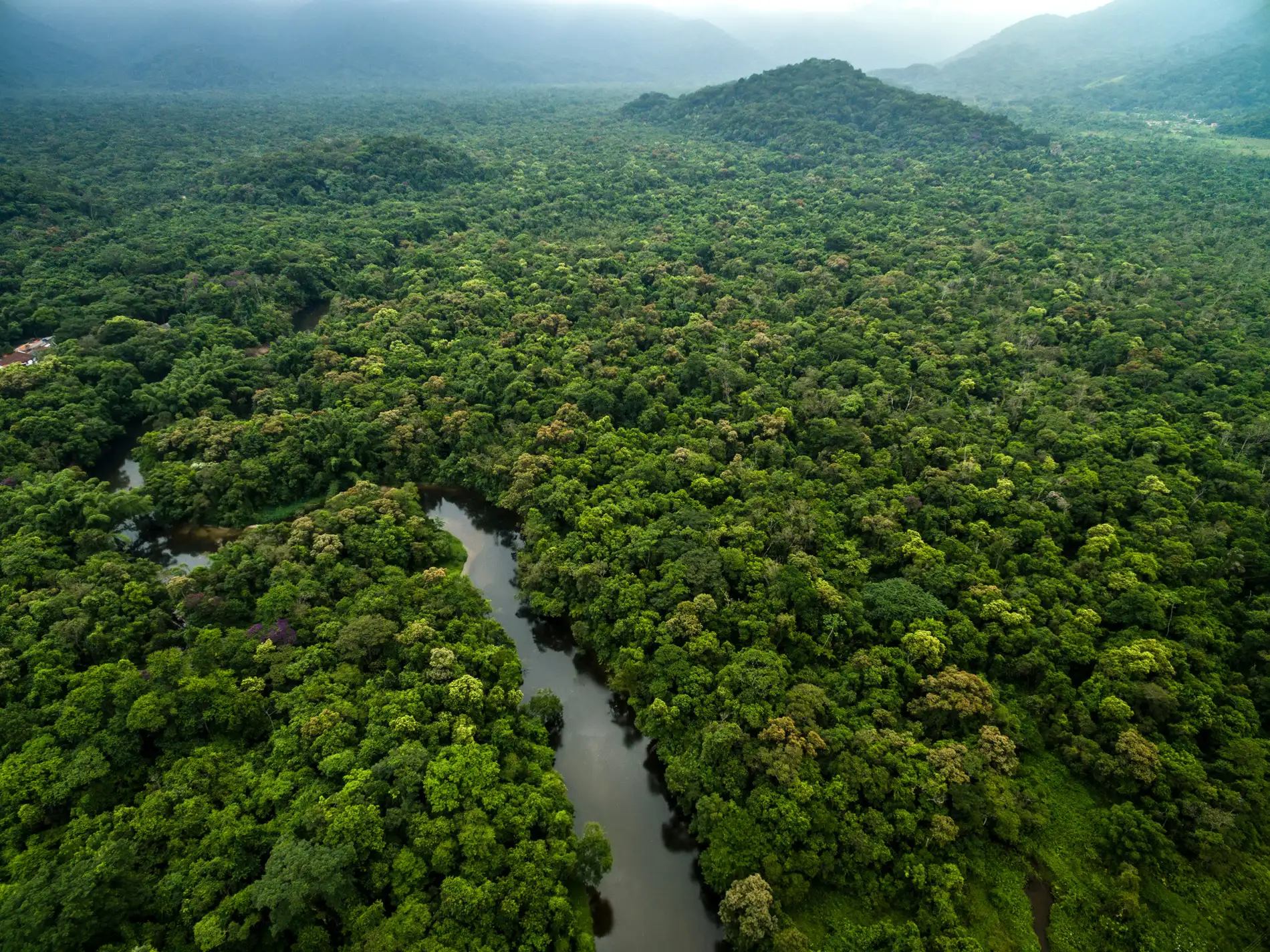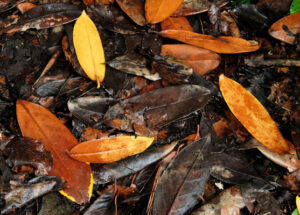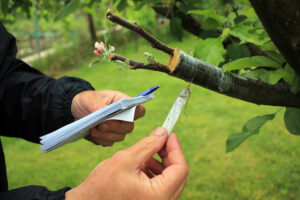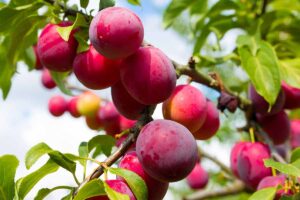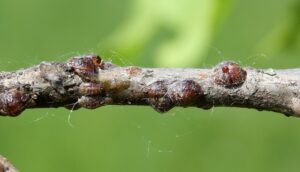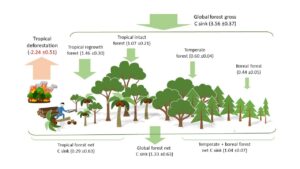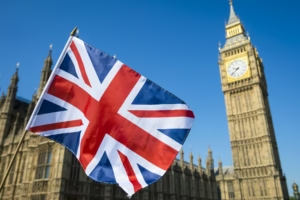Overview of the Amazon Rainforest Trees and Plants
The Amazon Rainforest, often referred to as the “lungs of the Earth,” spans over 2.1 million square miles across South America. This vast region is home to one of the most diverse ecosystems in the world, teeming with unique trees and plants that play a crucial role in global climate regulation and biodiversity. The Amazon rainforest is home to an estimated 16,000 tree species and 40,000 plant species. These trees and plants contribute not only to sustaining life within the forest itself but also to supporting life on Earth by producing oxygen, storing carbon, and regulating weather patterns.

In addition to being a critical carbon sink, the Amazon rainforest is essential for maintaining biodiversity, with a wide array of plant species that provide food, medicine, and habitat for countless species. However, the delicate balance of this ecosystem is under threat due to deforestation, climate change, and human activity. The loss of trees in the Amazon not only harms the immediate environment but also has far-reaching consequences globally.
In this article, we’ll delve into key topics surrounding the trees and plants of the Amazon Rainforest, from the deforestation crisis to the incredible diversity of plant life and the unique flora found at different levels of the forest. We’ll explore the ecological importance of these plants, their cultural and medicinal significance, and the pressing need to protect them.
Amazon Rainforest Trees Cut Down
Deforestation in the Amazon Rainforest is one of the most significant environmental crises of our time. Over the past several decades, millions of acres of this precious forest have been cleared for agriculture, cattle ranching, logging, and infrastructure development. Each year, tens of thousands of square miles are deforested, contributing to global carbon emissions and threatening biodiversity.
One of the primary causes of deforestation in the Amazon is illegal logging, which targets valuable hardwood species like mahogany, rosewood, and ipe. These trees are sought after for their strength, durability, and aesthetic appeal in the furniture and construction industries. Logging roads open up previously inaccessible areas, making it easier for farmers and ranchers to clear the land for agriculture. Soybean cultivation and cattle ranching have become major drivers of deforestation, as these industries seek to capitalize on the fertile land that remains after trees are cut down.
When trees are cut down, the carbon stored in their biomass is released into the atmosphere, contributing to climate change. The Amazon stores approximately 86 billion tons of carbon, and deforestation releases millions of tons of CO2 annually. This not only accelerates global warming but also disrupts local weather patterns, leading to changes in rainfall and temperature in the region.
Efforts to curb deforestation include international agreements, government regulations, and the establishment of protected areas. Brazil, home to the majority of the Amazon, has implemented laws to prevent illegal deforestation, though enforcement remains a challenge. Non-governmental organizations and indigenous communities also play a critical role in protecting the forest by advocating for sustainable practices and preserving traditional knowledge of the ecosystem. However, deforestation continues at alarming rates, and protecting this critical resource is essential for the future of the planet.
The Biggest Tree in the Amazon Rainforest

The biggest tree in the Amazon Rainforest is the Samaúma (Ceiba pentandra), also known as the Kapok tree. This towering giant can reach heights of up to 200 feet (60 meters) and can have a trunk diameter of up to 10 feet (3 meters). Its massive buttress roots, which can extend over 30 feet (9 meters) outwards, provide stability for such an enormous tree. The Samaúma is revered by many indigenous cultures of the Amazon, who consider it a sacred tree that connects the earth to the sky.
The Samaúma is not only remarkable for its size but also for its ecological importance. The tree provides a habitat for numerous species of birds, insects, and small mammals. The broad canopy of the Samaúma helps regulate the temperature of the forest floor and supports the complex ecosystem beneath it. The tree’s seeds are encased in cotton-like fibers, which are dispersed by the wind over long distances, allowing the species to propagate across the rainforest.
Aside from the Samaúma, other large trees in the Amazon include the Brazil nut tree (Bertholletia excelsa), which can grow up to 160 feet (50 meters) tall and produces large fruits containing valuable Brazil nuts. The Brazil nut tree is an essential species in both ecological and economic terms, as its nuts are harvested by local communities and are a significant export product.
These giant trees play a critical role in the rainforest’s ecosystem by providing shade, regulating water cycles, and supporting diverse wildlife. Their immense size and longevity make them irreplaceable components of the Amazon’s ecological framework, yet they are often the first to be felled in deforestation operations. Protecting these ancient trees is crucial for preserving the integrity of the Amazon Rainforest.
Amazon Rainforest Plant Life Facts
The Amazon Rainforest is home to an estimated 40,000 plant species, representing an incredible variety of life forms, from towering trees to tiny epiphytes. Here are some fascinating facts about the plant life in this remarkable ecosystem:
- Diversity: The Amazon Rainforest holds more tree species than any other ecosystem on Earth. Some estimates suggest that a single hectare (2.47 acres) of the Amazon can contain more than 300 tree species.
- Medicinal Plants: Many plants found in the Amazon have medicinal properties. The indigenous people of the Amazon have been using these plants for centuries for healing purposes. For instance, the bark of the Cinchona tree is used to produce quinine, a treatment for malaria.
- Epiphytes: These are plants that grow on other plants without harming them. The Amazon is rich in epiphytes, such as orchids and bromeliads, which rely on trees for support and access to sunlight in the dense forest canopy.
- Lianas and Vines: The Amazon Rainforest is famous for its thick, woody vines known as lianas. These vines can grow hundreds of feet long, twisting around trees and providing pathways for animals like monkeys to move through the canopy.
- Carnivorous Plants: Some areas of the Amazon are home to carnivorous plants, such as the pitcher plant and sundew, which trap and digest insects to supplement their nutrient intake in poor soils.
The dense, humid environment of the Amazon provides an ideal habitat for a wide range of plant species, which, in turn, support an extraordinary diversity of wildlife. The intricate relationships between plants and animals in the Amazon make it one of the most complex ecosystems in the world.
Amazon Rainforest Tree and Plant List
The following table provides details about some of the most prominent trees and plants found in the Amazon Rainforest, including their estimated population, average age, and ecological significance.
| Tree/Plant Name | Estimated Count | Average Age | Ecological Importance |
|---|---|---|---|
| Samaúma (Kapok) | 5 million | 500 years | Carbon storage, habitat for wildlife |
| Brazil Nut Tree | 50 million | 300 years | Provides Brazil nuts, supports local economy |
| Rubber Tree | 10 million | 100 years | Source of natural rubber |
| Mahogany | 2 million | 350 years | High-value timber species |
| Acai Palm | 100 million | 80 years | Provides acai berries, important food source |
| Cacao Tree | 20 million | 100 years | Produces cocoa beans for chocolate |
| Balsa Tree | 15 million | 50 years | Lightest commercial timber |
| Victoria Amazonica | 5 million | 5 years | Largest aquatic plant, supports aquatic life |
| Ipe Tree | 3 million | 250 years | High-value timber, durable construction material |
These trees and plants are just a few examples of the immense biodiversity found in the Amazon Rainforest. Each species plays a crucial role in maintaining the ecological balance of the region, and their preservation is essential for the health of the global environment.
Brazil Nut Tree
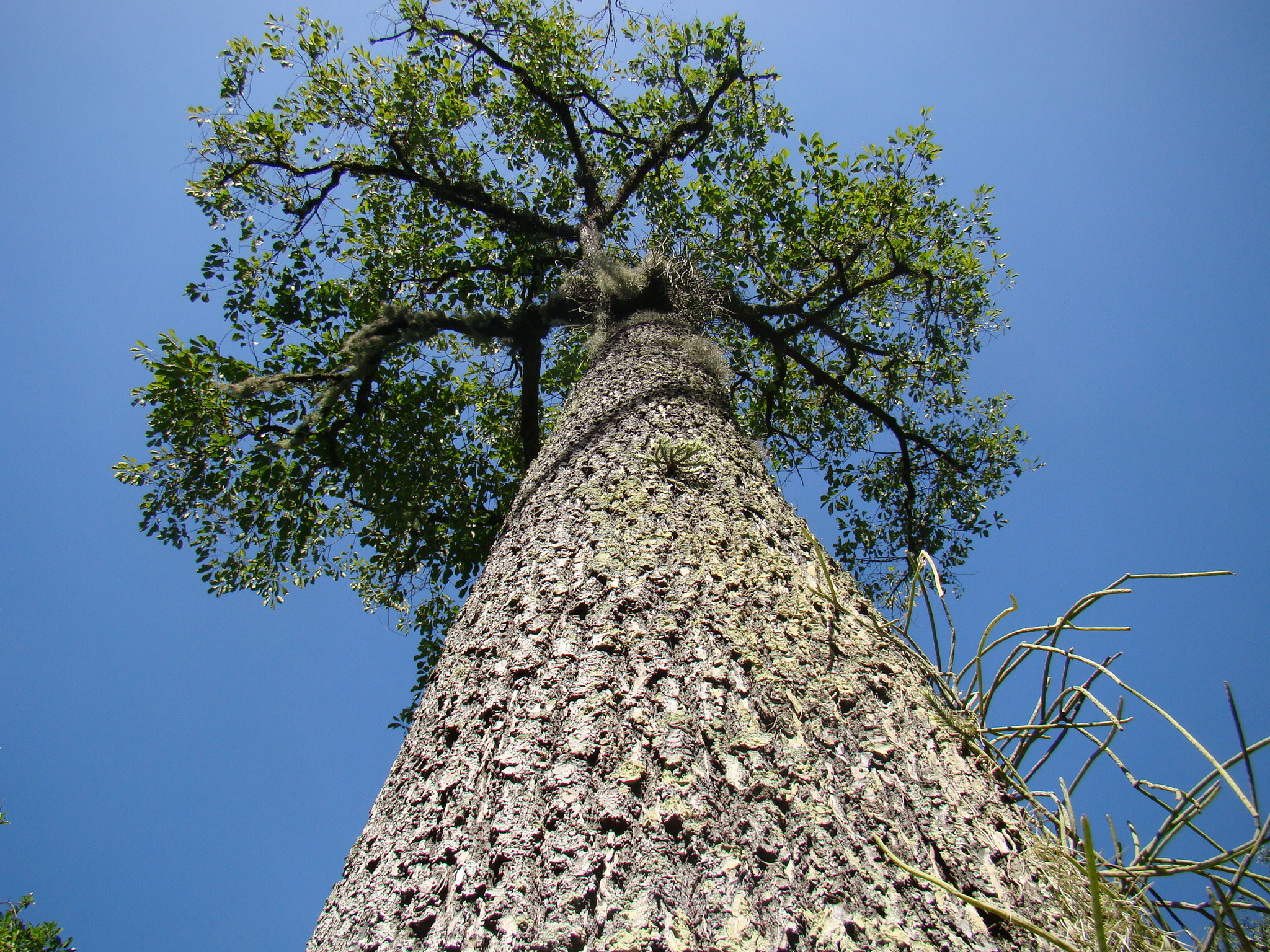
Acai Palm
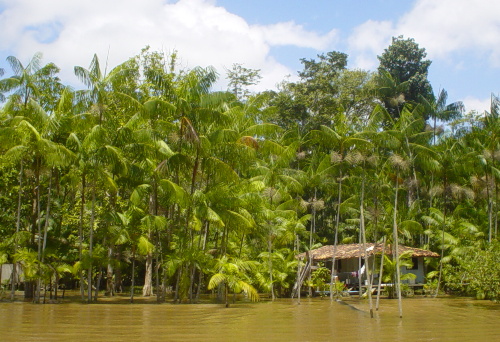
Plants Found in the Amazon Rainforest
In addition to trees, the Amazon is home to thousands of plant species that thrive in the various layers of the forest. These include:
- Epiphytes: Plants that grow on other plants for support, such as orchids and bromeliads.
- Lianas: Woody vines that climb trees to reach sunlight in the canopy.
- Carnivorous Plants: Such as pitcher plants, which trap and digest insects.
- Herbs and Shrubs: Found on the forest floor, many of these plants have medicinal properties.
The diversity of plant life in the Amazon is unparalleled, with species adapted to every niche in the rainforest ecosystem. The plants of the Amazon not only support the forest’s animal inhabitants but also provide resources like food, medicine, and raw materials for human use.
Amazon Rainforest Forest Floor Plants
The forest floor of the Amazon is the lowest layer of the rainforest and receives only about 2% of the sunlight that reaches the canopy. As a result, plants on the forest floor have adapted to low light conditions. Some of the common plants found in this layer include:
- Ferns: These ancient plants thrive in the damp, shady conditions of the forest floor.
- Mosses: Mosses grow in moist areas and help retain moisture in the soil.
- Small Shrubs: These plants are adapted to survive in the low-light conditions of the forest floor.
Despite the lack of sunlight, the forest floor is teeming with life. Decomposing plant material provides nutrients for new growth, and the dense canopy above helps regulate temperature and
humidity. Plants on the forest floor play a crucial role in the nutrient cycle of the rainforest, breaking down organic matter and returning it to the soil.
Facts About Amazon Rainforest Trees
- Carbon Storage: The Amazon Rainforest is one of the largest carbon sinks in the world. It is estimated that the trees in the Amazon store approximately 86 billion tons of carbon.
- Old Growth: Some trees in the Amazon are hundreds, if not thousands, of years old. The Samaúma tree, for example, can live for up to 500 years.
- Biodiversity: The Amazon is home to around 16,000 tree species, many of which are found nowhere else on Earth. This biodiversity is crucial for the health and resilience of the ecosystem.
- Oxygen Production: The Amazon is often referred to as the “lungs of the Earth” because it produces approximately 20% of the world’s oxygen.
- Cultural Significance: Many trees in the Amazon have deep cultural and spiritual significance for indigenous peoples. The Samaúma tree, for example, is considered sacred by several indigenous groups.
- Economic Value: Trees like mahogany, ipe, and rubber trees have significant economic value due to their high-quality timber and other resources. However, overexploitation of these trees has led to deforestation and habitat destruction.
